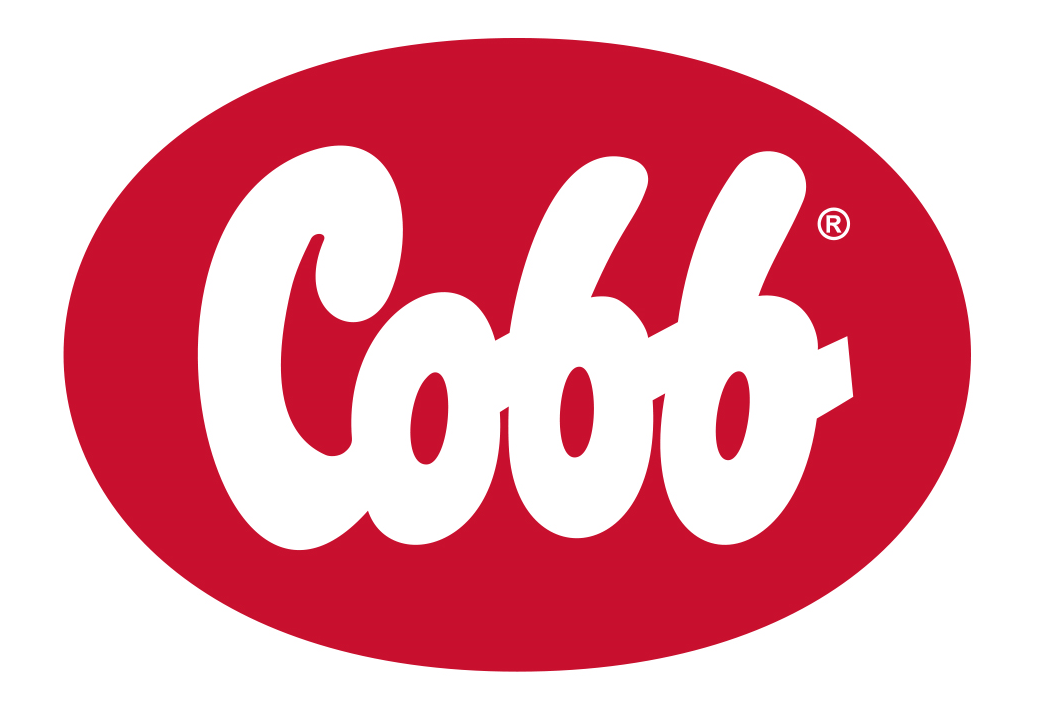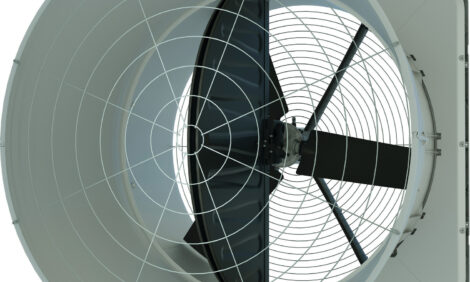



Cobb Breeder Management Guide: Phases 3-5
Learn more about maintenance, controlled growth and accelerated growthPart of Series:
< Previous Article in Series Next Article in Series >
Editor's note: This article is an excerpt from the Cobb Breeder Management Guide and additional articles will follow. The Guide was designed to highlight critical factors that are most likely to influence flock performance. The management recommendations discussed were developed specifically for Cobb products. The recommendations are intended as a reference and supplement to your own flock management skills so that you can apply your knowledge and judgement to obtain consistently good results with the Cobb family of products. To read or download the complete Guide or to view Cobb's other management guides, click here.
Phase 3 - Maintenance (8 to 12 weeks)
In the rearing phase (4 to 8 weeks), management focused on achieving the Cobb recommended bodyweight standards and uniformity targets. Management from 8 to 12 weeks continues to focus on meeting bodyweight and uniformity standards, but also maintaining frame size. This period has the lowest weekly feed increases of the rearing period varying from an increase of 1 to 3 g per week for females.
Phase 4 - Controlled Growth (12 to 16 weeks)
Emphasis transitions from bodyweight to fleshing scores during this phase. The skeletal frame is essentially 90 % complete by 12 weeks so nutritional resources will be allocated towards fleshing. At this point, the flock should increase from fleshing scores of 2 to scores of 3. In addition, as the birds continue to grow, pressure on feed and water delivery systems will increase. It is critical that correct feed and drinker space is provided at all phases of grow-out.
The table (below) shows the fleshing objectives for females at different ages from 12 through 22 weeks of age. At 12 weeks of age, puberty starts, and females need to be on fleshing target to achieve the fleshing objectives at subsequent ages. The table is only a guide but indicates the importance of regular fleshing and the importance of beginning the fleshing evaluation at 12 weeks of age to ensure progress and ideal development of the breast muscle.
The fleshing evaluations can be combined with pullet weights at these specific ages. As shown in the table, most of the females at 12 weeks of age have a fleshing score of 2. The percentage of pullets with a score of 2 is constantly reduced over the life of flock and, ideally, should be zero at photo stimulation. Achieving the early fleshing targets between 12 and 16 weeks will promote pelvic or abdominal fat deposition that the females require at photo stimulation. If these targets are not achieved, it will be very difficult to correct the fleshing condition, female body composition, or the flock uniformity at later ages.
- At 12 weeks of age, the feed management decisions should move away from bodyweight and towards interpretation of flock fleshing scores.
- Having all team members concur on the fleshing scores and flock development will help the production team make critical decisions for future management including feeding, lighting, transfer age, etc.
- Condition or uniformity cannot be corrected past 20 weeks of age.
- At photo stimulation the female’s body composition is as important as the bird’s bodyweight - the pullet must have adequate fat reserve and fleshing at this point. Birds easily accumulate fleshing between 16 and 20 weeks of age. However, this is not the case with building fat reserve; at 17 weeks of age, pullets start depositing abdominal fat.

Phase 5 - Accelerated Growth (16 to 20 weeks)
In this phase, consistent weight gains are needed. This weight gain will allow the females to develop the desired fleshing and sexual uniformity to maximize peak egg production and maintain post peak persistency. Although consistent weight gain is important during this phase, pullet fleshing scores are more important. The objective of the accelerated growth phase is to provide enough fleshing and fat reserves to last the hen through peak production.
Body fat must be attained before photo stimulation to have:
- good sexual synchronization of the females
- high peak production and persistency
- high hatchability of eggs produced early in the production cycle
- good chick quality and vitality
- low mortality in females in the period leading up to peak production
Tips to achieve desired body condition
- A minimum female bodyweight increase of 36 % is needed from 16 weeks (112 days) to 20 weeks (140 days) when using the Cobb recommended feed specifications. To achieve this gain of 36 % in bodyweight, the feed must be increased a minimum of 42 % (or 6 % higher than the bodyweight increase) under normal conditions. Do not feed in this period based on bodyweight. Use a fixed feeding profile.
- Post 16 weeks, all females should move gradually towards fleshing #3, and at 21 weeks should be between#3 and #4 (see table on previous page).
- In some situations where females are delayed in conditioning, (fleshing and pelvic fat deposition) an increase of bodyweight of between 38 and 40 % is needed.
- Uniformity of frame, fleshing, pelvic fat and bodyweight determines to a great extent, the sexual uniformity of the flock, and hence the peak production performance and persistency.
Extremes in fleshing and fat deposition
A pullet with a fleshing score of 2 at 20 weeks of age will not normally have pelvic fat or presence of a fat vein deposition. Tissue maintenance and growth are a higher priority than initiation of puberty. Therefore, pullets with a fleshing score of 2 at 20 weeks will experience delayed sexual maturity. Although these pullets may sexually mature, they tend to have issues with production.
To read or download the complete Cobb Breeder Management Guide or to view Cobb's other management guides, click here.













